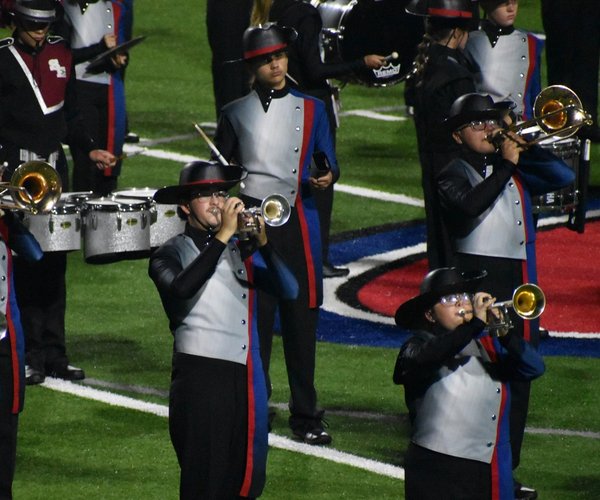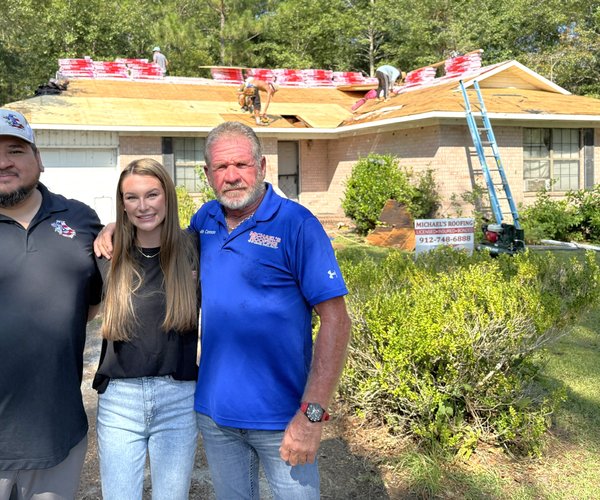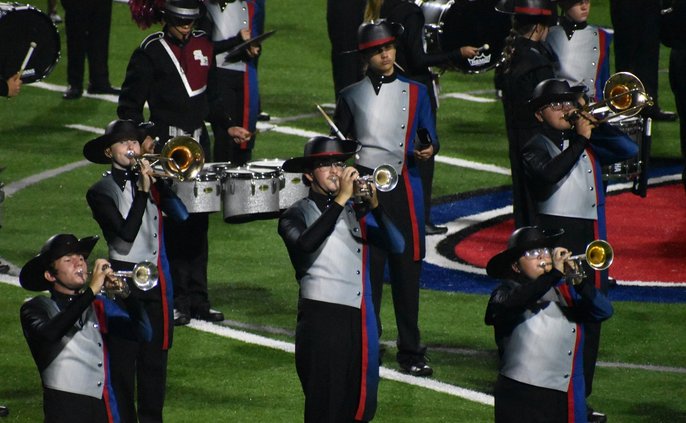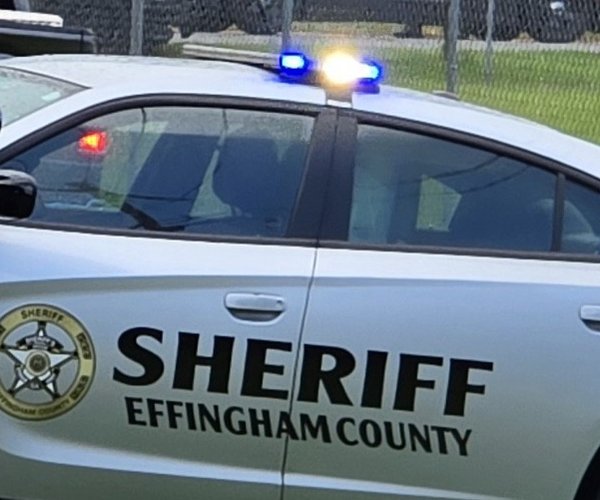By Barbara Augsdorfer, editor for the Effingham Herald
Oak trees may live, it seems, like forever, but at some point, they do reach an end-of-life stage and must come down.
That was the City of Springfield’s position regarding an oak tree on Second Avenue that the city cut down May 1.
The tree’s lone defender, resident Tracy Sweetin, was present and protesting the city’s action.
“That tree is at least 150 years old. Why does it have to come down?” Sweetin said, holding back tears. “The city is destroying an icon. My daughter climbed that tree as a child.”

Public works employees from the City of Springfield were on hand but declined to comment on the record while another city employee in a bucket truck steadily cut limbs from the tree with a chainsaw preparing it to be cut down.
“It is very much at the end of its lifespan, and it is overhanging somebody's shed,” Morris said. “And the ultimate issue is the root mat under that tree is loose, which means it's failing and it's liable to come out the ground (when) we have another bad storm.
“I love big oak trees, but I can’t make them live any longer,” Morris added.
According to Morris, the City of Springfield hired an arborist several years ago to assess the city’s oak trees. Morris said some oaks live to 150 years, some live “substantially longer” but eventually, all of them start to show signs of aging and decay.

Morris continued that the city is working on an ordinance, which should be completed within three months, that will require developers to basically replace every tree they cut down.
Ryan Thompson, a licensed professional landscape architect with Savannah-based Thomas & Hutton has been hired by the city to help draft the ordinance. Developers will pay into a “tree bank” that the city will use to plant new trees in place of ones that are removed for development.
“We love trees. We're trying to plant them,” Morris said. “We're trying to establish them as much as we can. But they do have a life cycle, and when they're at the end of it, it's our duty to make sure they get taken care of.”








